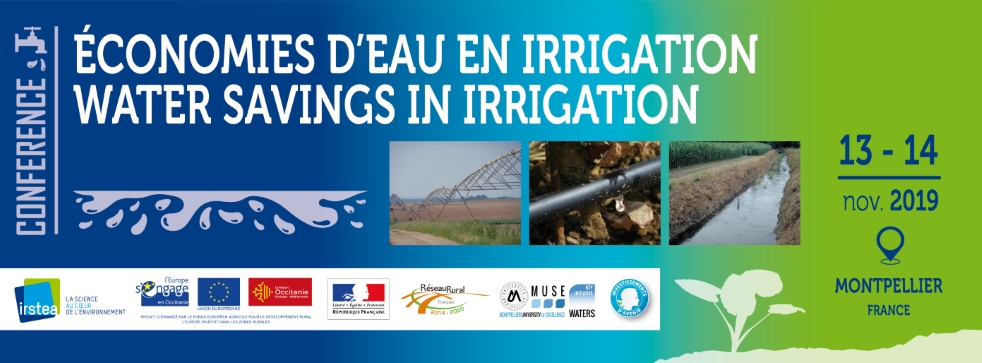Due to climate change and the shift of climatic zones to the north, the use of irrigation in Ukraine becomes essential for obtaining stable yields not only in the arid steppe zone, but also in the central and northern regions.
The most complete use of irrigated crops' potential can be achieved maintaining soil moisture content in a narrow range, close to field capacity. It is possible irrigating with small rates and strict adherence to schedules. Present-day practice demonstrates that the most effective irrigation management is ensured by the use of analytical irrigation management systems.
We present such a system based on moisture transport modeling. It is based mathematically on one-dimensional differential moisture transport equation stated in terms of water heads in classical and non-local formulations. Additional parameters of non-local model allow its adaptation to specific conditions and minimizing the impact of input data inaccuracies.
Hardware part of the system consists of micro weather stations equipped with sensors of temperature and humidity of air, precipitation, and suction pressure (Watermark sensors or tensiometers are used). iMetos or Davis stations or self-development equipment consisting of base stations and remote sensors can be used. In the latter, each sensor is equipped with a wireless communication module and an independent power supply with solar battery. The base station, collecting data from sensors, sends them every hour to server where they are preprocessed, particularly for automatic detection of inconsistencies.
Moisture content dynamics prediction is performed using weather forecasts automatically obtained from open sources. Evapotranspiration is calculated using Ivanov's and Stoyko's formulas, or the estimations by Penman-Monteith method performed automatically by iMetos or Davis weather stations. Hydrophysical characteristics of soil are described for soil layers according to van Genuchten-Mualem model. For the most accurate modeling, experimentally determined hydrophysical characteristics and root system parameters should be used. Forecasting is performed using differential and single-layer balance model, which allows predicting moisture content dynamics with a minimum amount of input data.
Recommendations for irrigation are generated upon once a day performed forecast for the next 5 days. When generating recommendations, we use the model that most accurately describes water heads dynamics for the last 24 hours.
The system gives users an ability to obtain information on moisture content using
- Telegram-bot with current recommendations;
- water head dynamics graphs and current recommendations for each field of a farm;
- graphs of actual values of the most important indicators for a particular weather station;
- graphs of actual and forecast values of all indicators for a particular weather station.
All components of the system are combined within an interactive map that includes remote sensing monitoring tools: NDVI biomass index maps and moisture content estimates based on neural network processing of Sentinel-1,2 satellites' imagery.
The implementation of the developed irrigation management system creates the prerequisites for more efficient use of irrigation water by minimizing losses due to deep percolation.
- Poster

 PDF version
PDF version
